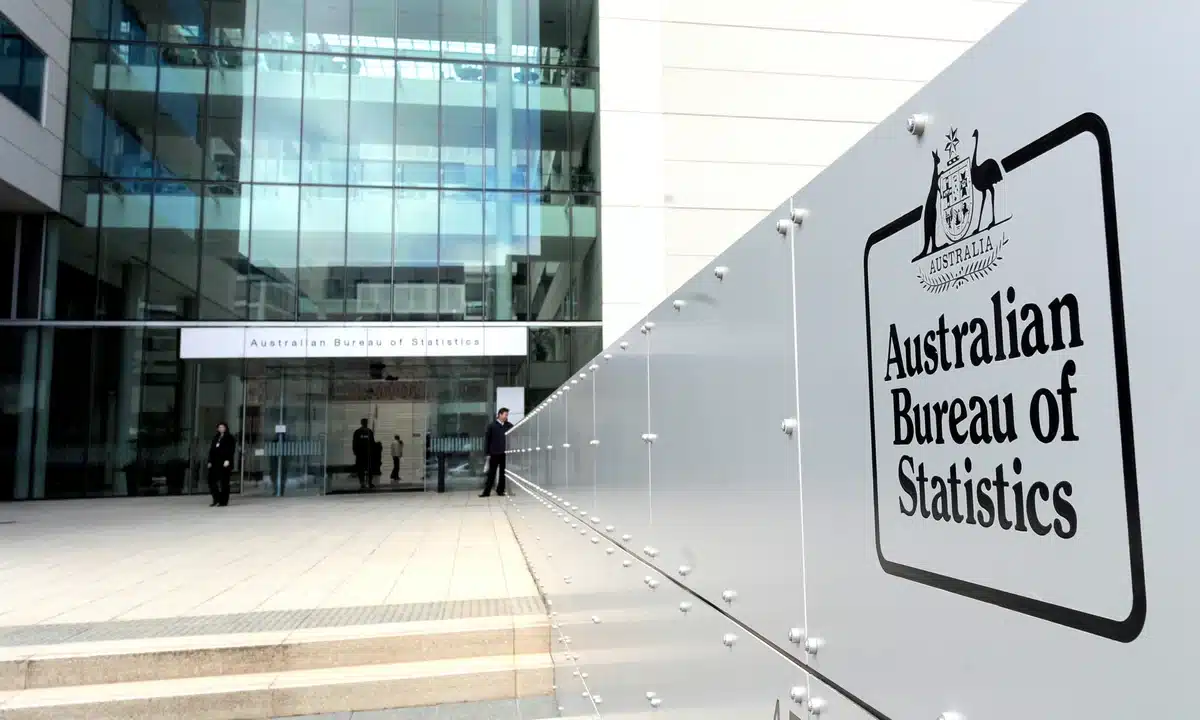Australia’s unemployment rate edged up by 0.1 percentage point to 4.1% in January, as both employment and joblessness increased, according to the Australian Bureau of Statistics (ABS). The workforce participation rate also reached a new record high of 67.3%, reflecting sustained engagement in the labour market.
Despite the slight rise in unemployment, the economy continued to add jobs, with 44,000 more people employed in January. The increase was largely driven by women entering the workforce, contributing to record employment-to-population ratios. However, seasonally adjusted hours worked fell by 0.4%, indicating a shift in work patterns after the holiday period.
Employment and Workforce Participation Reach Record Highs
The Australian labour market showed resilience in January, with a continued increase in both employment and participation. According to the ABS, the number of employed people grew by 0.3%, matching the average monthly growth recorded in 2024.
This exceeded the 0.2% monthly population growth over the same period, demonstrating sustained labour demand.
A significant shift was observed in female workforce participation, which drove the overall rise in employment. Female employment increased by 44,000, while male employment saw minimal change. This trend pushed the female employment-to-population ratio to a record high of 60.8%.
The participation rate—measuring the share of the population either working or actively looking for work—rose to a new high of 67.3%. This was 0.8 percentage points higher than a year ago and 1.8 percentage points above pre-pandemic levels in March 2020.
The employment-to-population ratio also climbed to 64.6%, reinforcing a long-term trend of growing workforce engagement.
Unemployment Edges Higher as More People Enter the Job Market
While employment figures were positive, the number of unemployed people increased by 23,000, leading to the unemployment rate rising to 4.1%.
According to Bjorn Jarvis, head of labour statistics at the ABS, some of this increase reflected a higher-than-usual number of people waiting to start or return to work in January. This seasonal trend has been observed over the past three years.
In contrast to the employment growth among women, female unemployment also rose by 24,000, bringing their unemployment rate to 4.1%—matching the rate for men. Despite this, the underemployment rate remained stable at 6.0%, reflecting little change in the proportion of workers seeking additional hours.
Total monthly hours worked declined by 0.4%, a smaller decrease than in previous Januarys. This suggests that while some workers had reduced hours, labour market conditions are stabilising compared to the disruptions seen during the pandemic.
According to the ABS, underlying trend data indicates that the unemployment rate has remained within a narrow range of 3.9% to 4.1% over the past year. The underutilisation rate, which combines unemployment and underemployment, stood at 10.1%, significantly lower than pre-pandemic levels in 2020.
Further regional breakdowns and detailed employment data will be released in the January 2025 issue of Labour Force, Australia, Detailed on 27 February 2025.









